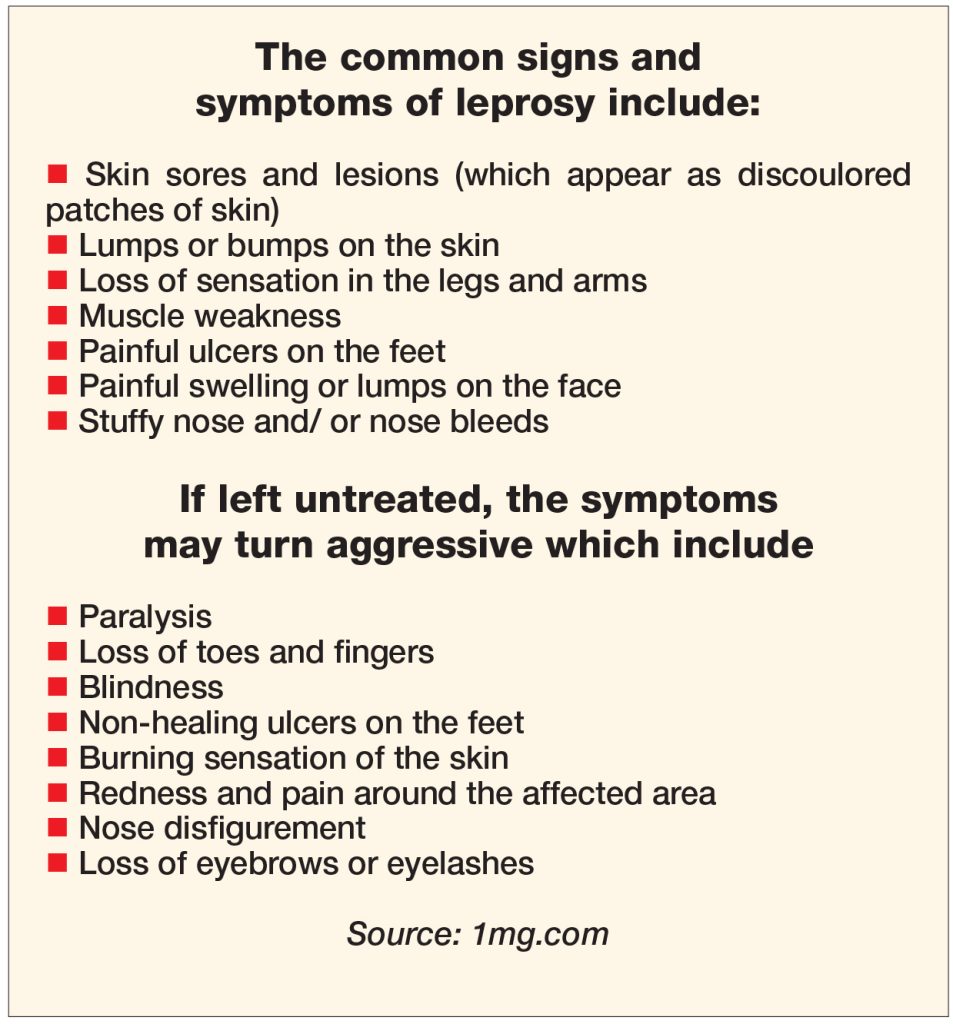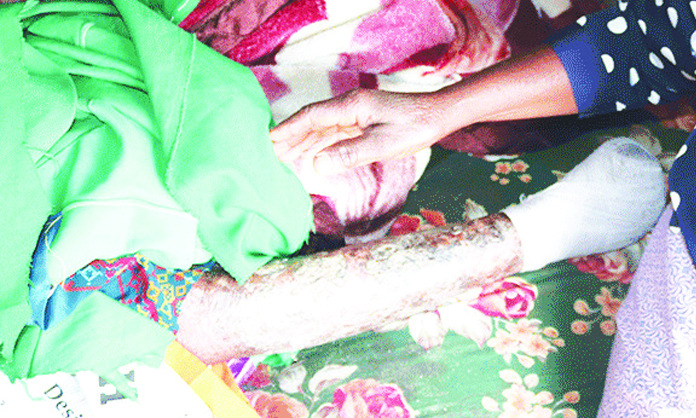Health and social services minister Kalumbi Shangula says leprosy in Namibia is not a thing of the past as the country still records a number of cases every quarter.
Shangula was speaking at the opening ceremony of World Leprosy Day 2024 at Katima Mulilo on Monday.
World Leprosy Day is observed annually on 28 January. This year it was held under the theme, ‘Beat Leprosy, End Stigma and Advocate Mental Well-Being’.
According to Shangula, the theme serves as a powerful reminder of the need to address the social and psychological aspects of leprosy, alongside medical efforts to eliminate the disease.
He said the theme calls for a world in which leprosy is no longer a source of stigma, but rather an opportunity to demonstrate compassion and respect for all individuals.
“We have been vigilant in recognising the signs and symptoms of leprosy, in providing treatment to new cases and in meeting the needs of those who developed disabilities due to the disease. I can also share with you that there has been early detection of leprosy going on in regions like Kavango East, Kavango West, Zambezi, Khomas and Oshana.”

Shangula said early detection results in people affected with leprosy who receive treatment right away having less chance of developing deformities.
“Last year alone, we had 22 leprosy cases till September. Seven cases are from Zambezi, 11 cases from the Kavango regions, three cases from Oshana region and one case from Omusati,” he said.
According to the health ministry, the World Health Organisation (WHO) and Leprosy Mission International have committed themselves to helping Namibia fight leprosy.
“WHO continues to provide Namibia not only with technical support, but also with access to Multi-Drug Therapies (MDTs) for the effective treatment of leprosy. Leprosy Mission International has also been providing technical support to train our health workers in the early detection and management of leprosy,” Shangula said.
WHO describes leprosy, also known as Hansen’s disease, as a chronic infectious disease caused by mycobacterium leprae. The disease affects the skin, the peripheral nerves, mucosal surfaces of the upper respiratory tract and the eyes.
Leprosy is known to occur at all ages ranging from early childhood to old age. It is curable and treatment during the early stages can prevent disability.
Leprosy is transmitted via droplets from the nose and mouth during close and frequent contact with untreated cases.

HISTORY SPANNING CENTURIES
According to the Mayo Clinic, leprosy has a history that has spanned centuries and societies across the globe. Yet, it continues to be a problem even in the modern era.
Sufferers from the chronic and infectious skin disease still face the social stigma and lack of medical care that people have endured since the origins of the disease itself.
“Leprosy is caused mainly by the bacterium mycobacterium leprae. Occasionally, it is caused by a newer species called M. lepromatosis,” the Mayo Clinic notes.
The Mayo Clinic states that the disease mainly affects the skin and peripheral nerves. While the exact mechanism of transmission is not known, it is thought that a person needs to be in contact with an infected individual for an extended period of time.
In some cases, armadillos, who are hosts of the bacteria, have been known to transmit the disease.
In most modern instances, people who develop leprosy are immunosuppressed, such as transplant patients or those taking immunosuppressive medications for other reasons. Otherwise, these people live in or travel to places where the rates of leprosy are high.
Stay informed with The Namibian – your source for credible journalism. Get in-depth reporting and opinions for
only N$85 a month. Invest in journalism, invest in democracy –
Subscribe Now!






